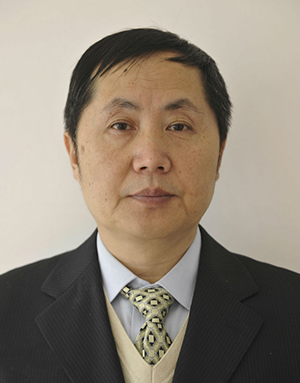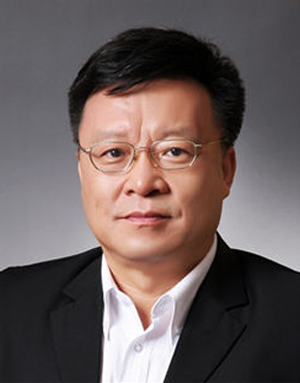主旨报告
主旨报告1:
主讲嘉宾:郑建华 院士
时间:2020年9月19日上午9:00-9:40
地点:会场1(一楼大宴会厅1号厅)
主持人:朱文武

个人简介:
郑建华,我国信息分析专家,解放军保密委员会技术安全研究所研究员。1956年出生于吉林省长春市,1987年毕业于中国科学技术大学研究生院。2011年当选为中国科学院院士。郑建华院士长期从事复杂信息系统分析和相关基础理论研究,对该领域的序列论、函数论、算法设计与分析等进行了系统研究,在国际上创新性的提出可重构的密码算法,将密码算法与密钥融合,利用终端密码个性化、动态更新的一人一密加一次一密保护移动互联的安全性。同时,在复杂信息系统输出分析技术、系统模型解析理论和方法、系统参数还原技术研究中均取得创新性研究成果,这些研究成果在实际复杂系统分析中多次发挥显著作用。曾获国家科技进步一等奖等。
主旨报告2:
主讲嘉宾:高文 院士
时间:2020年9月19日上午9:40-10:20
地点:会场1(一楼大宴会厅1号厅)
主持人:王英龙

个人简介:
高文,北京大学博雅讲席教授。1982年于哈科大获得学士学位,1985年于哈工大获得硕士学位,1988年和1991分别获得哈工大计算机应用博士学位和东京大学电子工程博士学位。1991至1996年就职于哈尔滨工业大学,1996至2006就职于中国科学院计算技术研究所,2006年2月至今就职于北京大学。IEEE Fellow、ACM Fellow、中国工程院院士。他的研究领域为多媒体和计算机视觉,包括视频编码、视频分析、多媒体检索、人脸识别、多模态接口和虚拟现实。他最常被引用的工作是基于模型的视频编码与基于特征的对象表达。他先后出版著作七本,合作发表300余篇期刊论文、700余篇国际会议论文。先后多次获得国家科技进步奖、国家技术发明奖、国家自然科学奖等学术奖励。
主旨报告3:
主讲嘉宾:Prof. Tat-Seng Chua
时间:2020年9月20日上午8:30-9:10
地点:会场1(一楼大宴会厅1号厅)
主持人:蒋树强

个人简介:
Tat-Seng Chua(蔡达成),新加坡国立大学计算机学院创院院长、KITHCT讲席教授。自2010年至今担任清华大学-新加坡国立大学下一代搜索联合研究中心新方主任,长期担任新加坡政府IT项目管理认证与评估委员会(CITPM)的主席,是国际知名计算机科学家。在多媒体、文本和社交媒体分析与检索领域做出了一系列开创性工作,获得IEEE Multimedia Magazine和ACM Multimedia等重要国际刊物和会议的10项最佳论文奖,获得2015年国际计算机协会多媒体专业委员会(ACM SIGMM)杰出技术贡献奖,曾担任顶级国际会议ACM Multimedia、ACM SIGIR 的大会主席,是国际计算机图形学协会(Computer Graphics Society)、国际图像视频检索会议(CIVR)、国际多媒体建模会议(International Multimedia Modeling Conference)的指导委员会成员。
摘要:
Recent advances in personal video recording devices and video sharing platforms, such as the TikTok and Youtube, have resulted in an explosive growth of online videos. This has given rise to demands for various video content understanding tasks, including video search, captioning, question answering (QA), and most importantly, content filtering. It motivates us to research into comprehensive and finegrained video content analytics. One key research towards better content understanding in video is visual relation inference, which captures a wide variety of interactions between objects. It permits the system to extract relation triplets in the form of <subject, predicate, object> which elevates the extractable semantic of video to that of text, and supports a wide range of higher level video-text fusion tasks such as the multiperspective video captioning, video QA, and multimodal knowledge graph. The other key research is on causal inference, which helps to infer the true and stable causal relations between the features and semantic labels instead of the spurious correlations among them. The discovery of stable causal relations, in turn, helps to address the robustness, biasness and few-shot learning problems. In this talk, I will present the background on visual object recognition, and discuss key challenges in advancing research towards video relation inference and causal reasoning. I will discuss an application of this framework in content filtering, including the use of counterfactual reasoning to detect fake events. I will conclude the talk by outlining several interesting research directions.
 2020中国多媒体大会
2020中国多媒体大会






